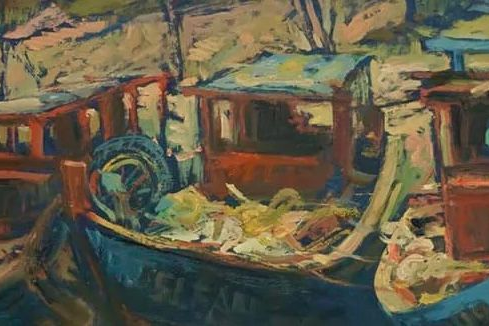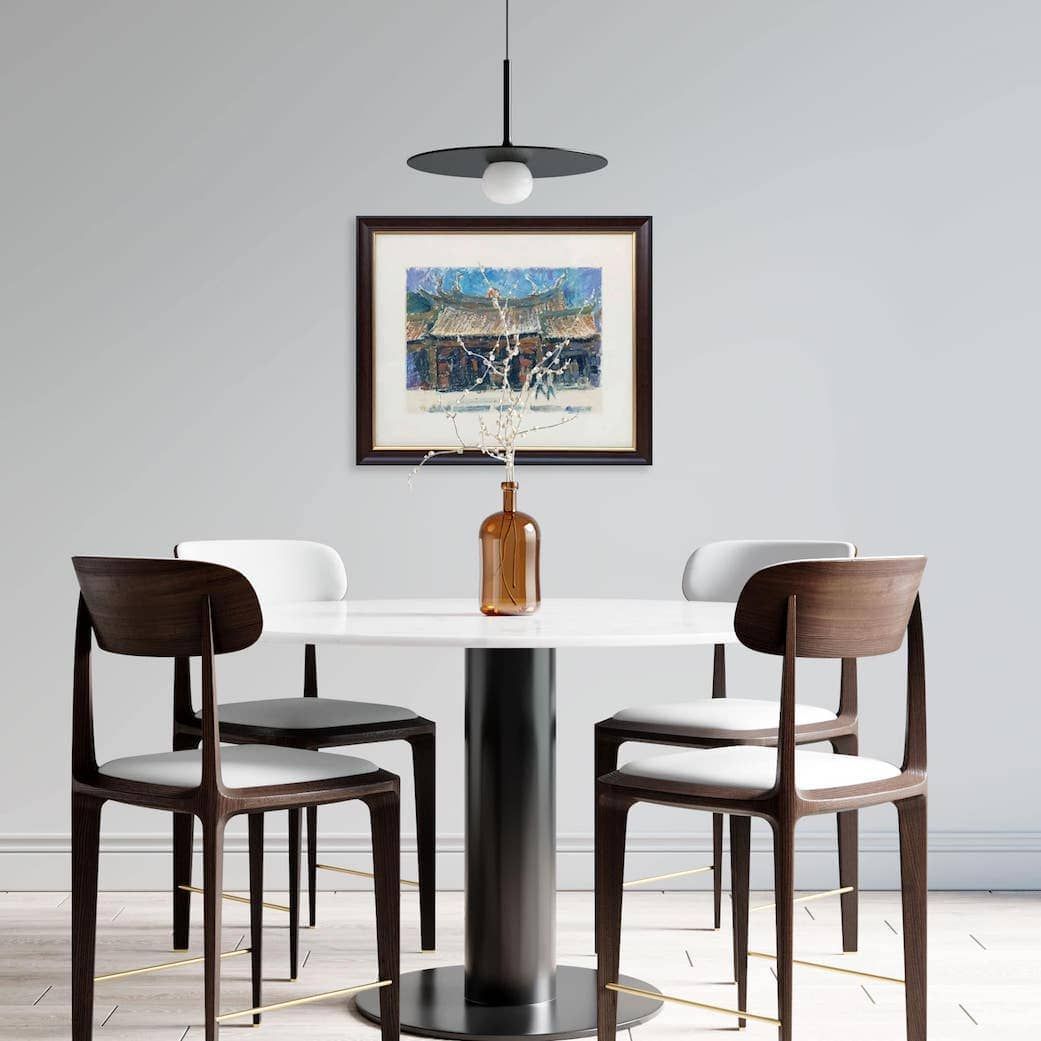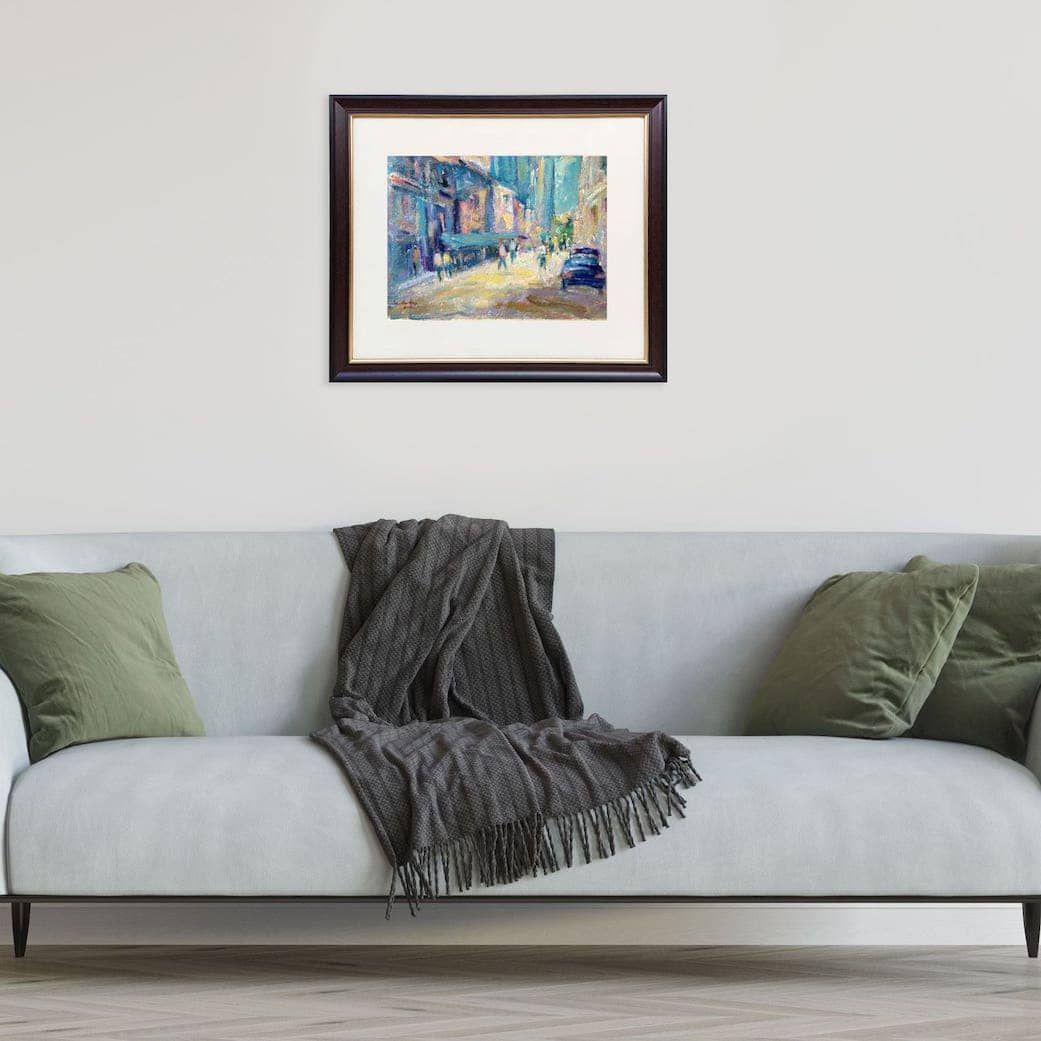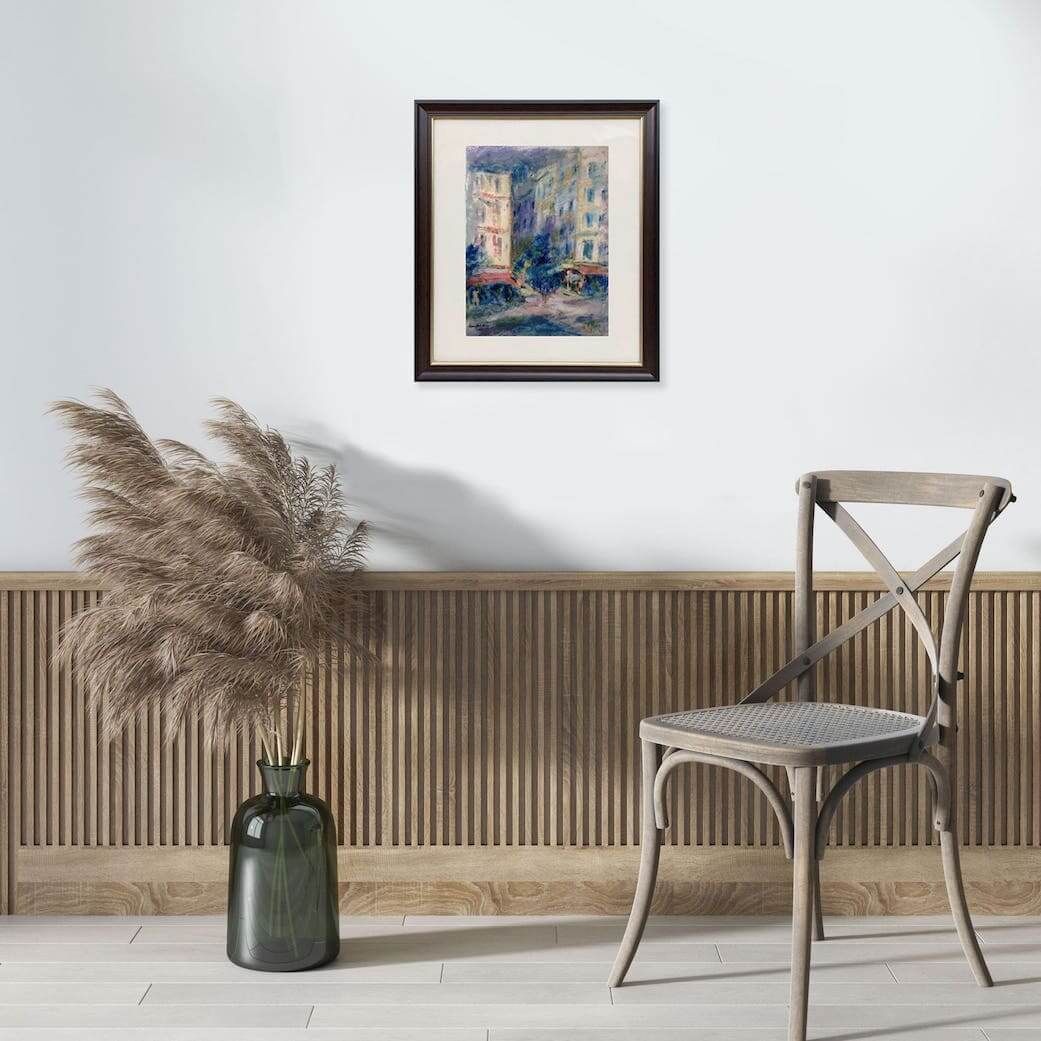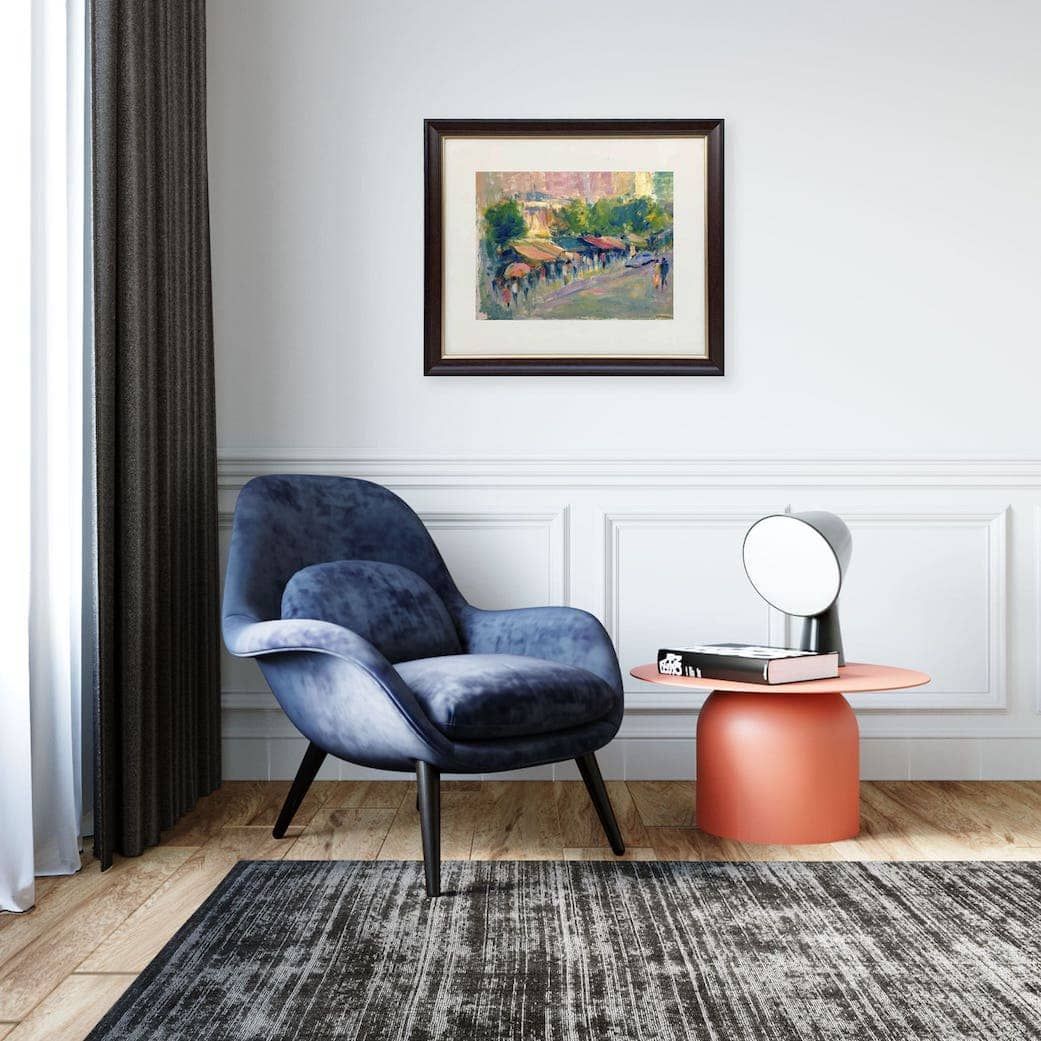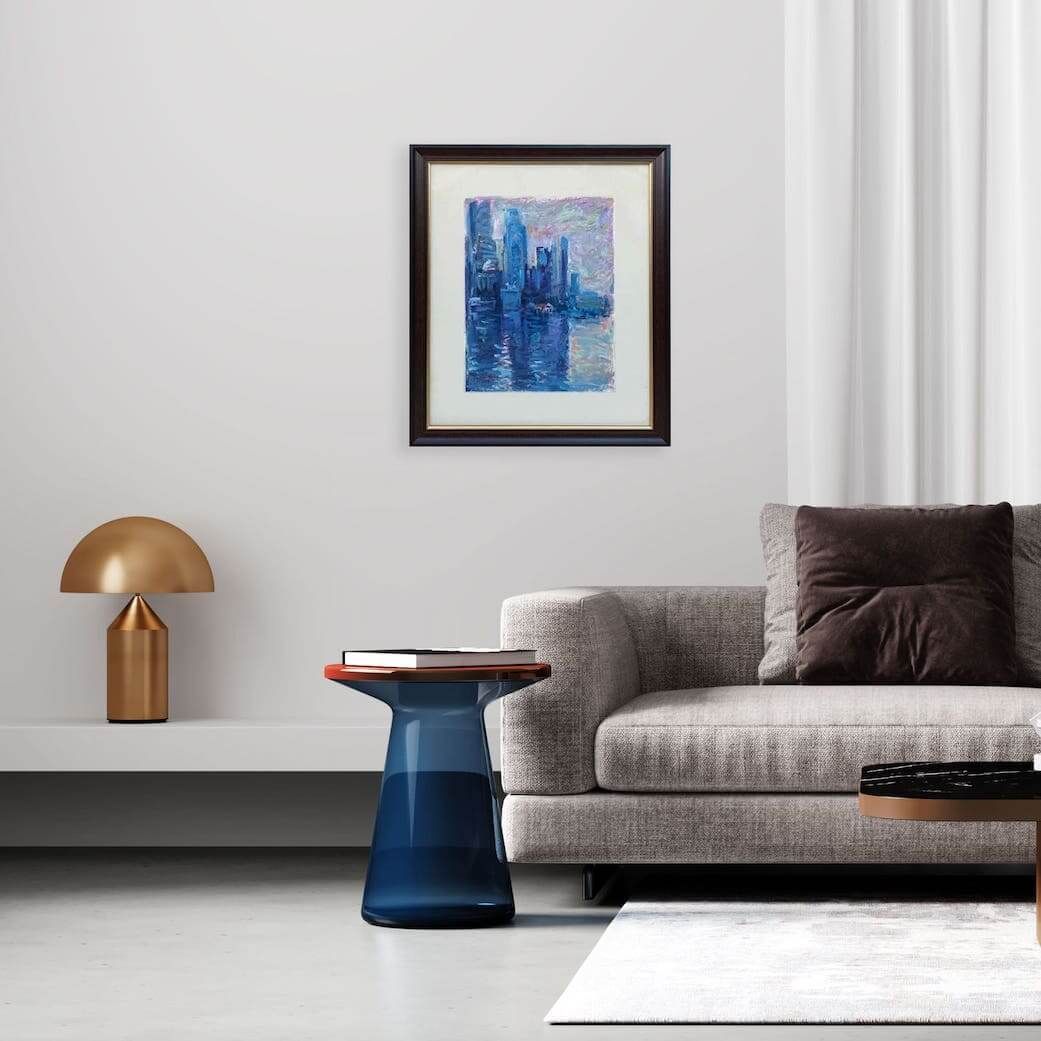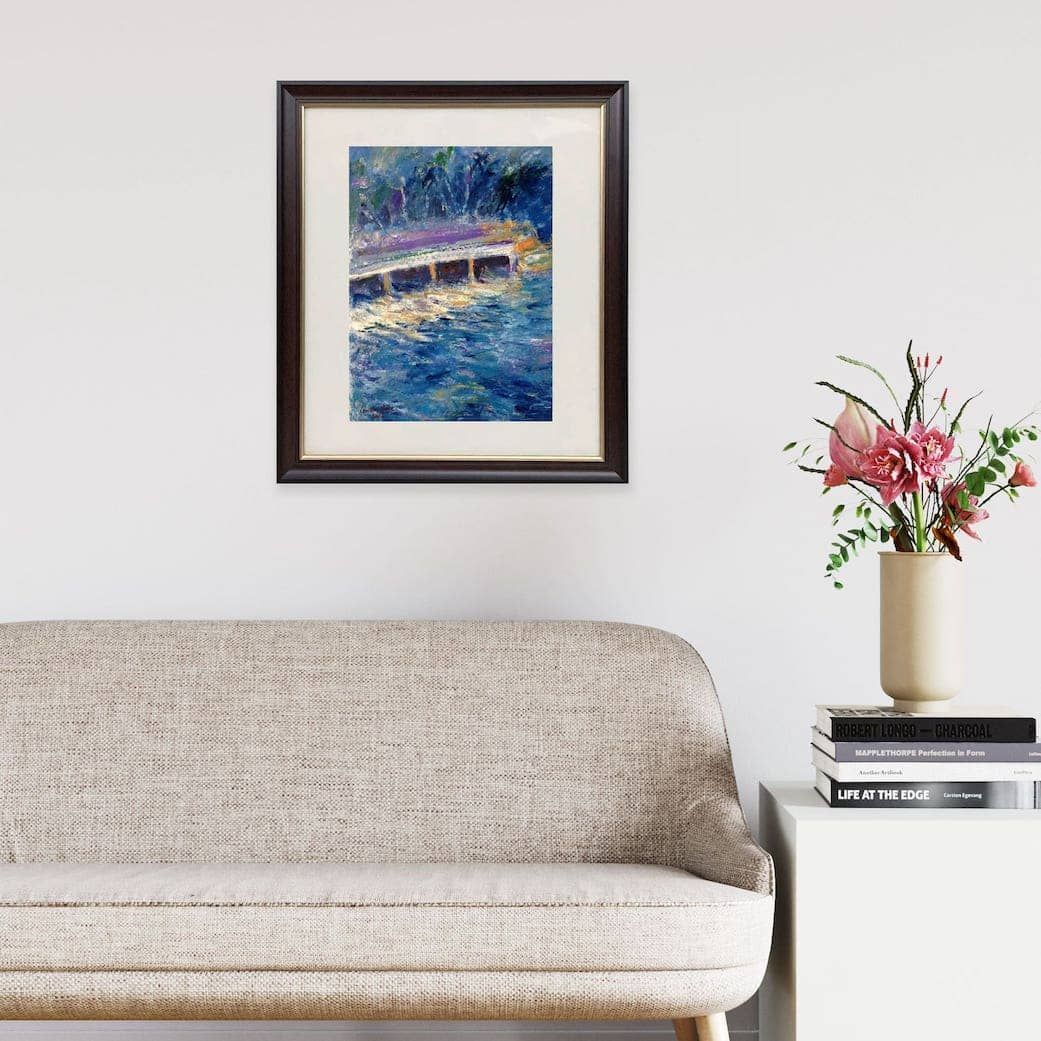The History of Singapore Art in the 1960s: Forging an Identity — Nation-Building and the Nanyang Style
The 1960s: Forging an Identity — Nation-Building and the Nanyang Style
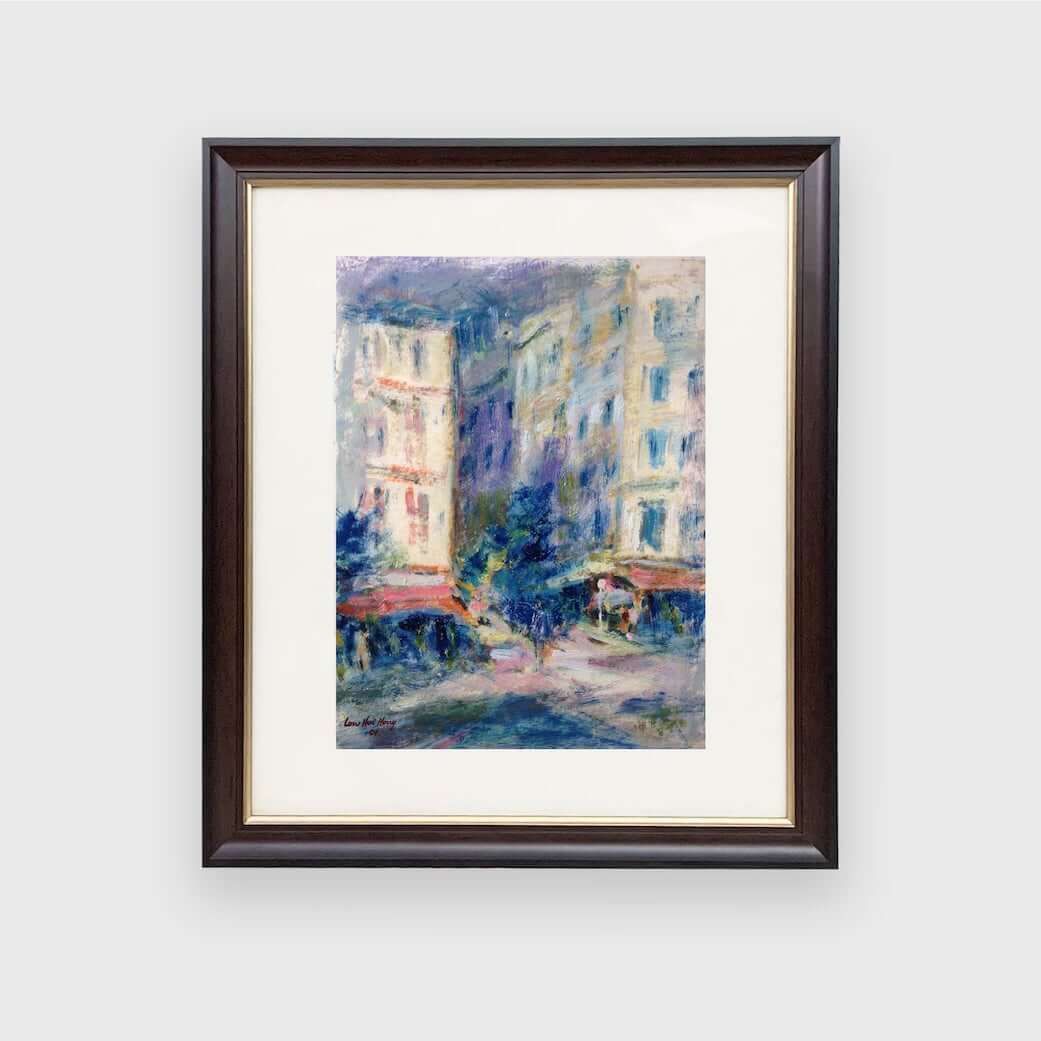
The 1960s was a defining decade for Singapore, not just politically (with independence declared in 1965), but also artistically.
Naturally, Singapore art in the 1960s reflected this journey of self-discovery and nation-building.
This was the era of the Nanyang Style, a unique visual language created by Chinese immigrant artists trained in both Western and Eastern techniques, which emphasised the use of local subjects and vibrant colours, reflecting the region’s tropical landscape.
You would see works that celebrated Singapore's multicultural ethos, blending Chinese, Malay, and Indian cultural elements with Western techniques.
Institutions like the Raffles Library and Museum (precursor to our modern museums) played a crucial role, hosting exhibitions and facilitating cross-cultural exchanges, nurturing a generation of artists inspired by both their heritage and newfound Western influences.
During this time, the establishment of the Singapore Art Society in 1945 and the formation of the Nanyang Academy of Fine Arts (NAFA) in 1938 played crucial roles in nurturing local talent.
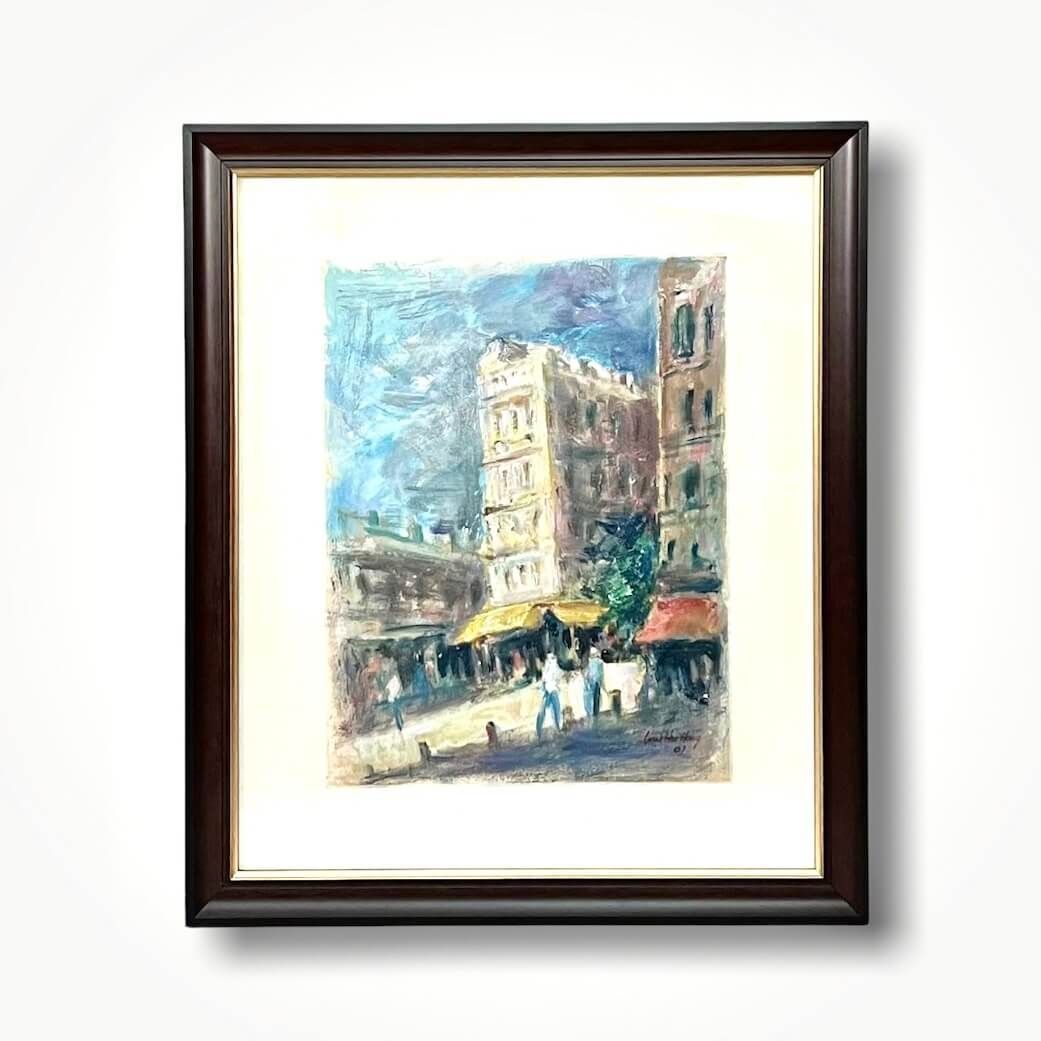
Pioneers like Cheong Soo Pieng, Chen Wen Hsi, Georgette Chen, Liu Kang, and Chen Chong Swee painted tropical landscapes, kampong scenes, and local people in a fusion of traditional Chinese brushwork and Western oil painting.
Artists were further exploring themes related to cultural identity, social issues, resilience, and hope.
Their goal? To create an art form that was distinctively Southeast Asian, rooted in the region but universal in appeal.
Art in the 1960s was largely driven by painting, and exhibitions were held in community centres, cultural halls, and later, newly established spaces like the Singapore Art Society.
This was a period of defining identity, both for the nation and its artists.
